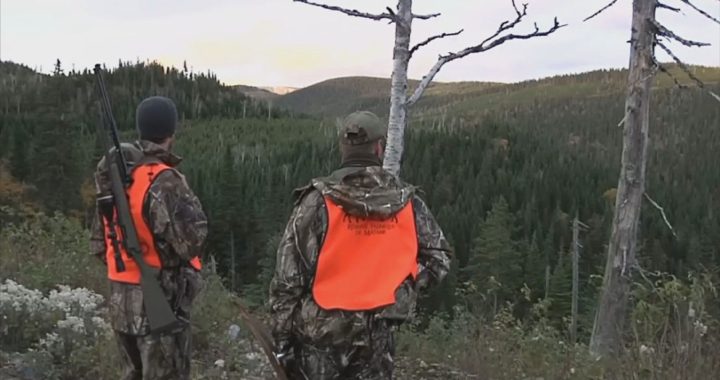Nunavut’s first premier says caribou numbers in the territory will continue to decline as long as it goes without a land use plan.
Paul Okalik says one of the problems is that mining companies are allowed to operate on calving grounds.
“These companies, they won’t be here in the long run,” says Okalik. “They’re just here for the ore, once the ore’s gone, they’re gone. The jobs are gone, and the land that we have left, if its calving grounds, the habitat that the caribou need to feed, is destroyed, where are they going to go?
Calving grounds are areas where caribou give birth and are characterized by its high-quality vegetation.
“That’s our food, that’s the basic question that we try and tackle with the communities. How to protect what little we have left,” he says.
Okalik is one of the lead specialists with World Wildlife Fund Canada on Arctic issues. He’s working with communities on ways to protect caribou – or tuktu calving grounds.
He says despite being promised 30 years ago, a land use plan for the territory still isn’t in place.
The requirement for a land use plan precedes the territory and was outlined in the 1993 Nunavut agreement.
It’s supposed to serve as the framework for development and conservation in Nunavut.
But it has seen delay after delay with multiple drafts being formed by the Nunavut Planning Commission but never implemented. Drafts were introduced in 2016, 2021 and 2023.
“It’s overdue, in the absence of a plan these mining companies are creeping into calving grounds themselves because there’s no protection today,” says Okalik. “So as an Inuk today, on Baffin Island, I can’t hunt caribou because we’re trying to protect the population. But the mining companies have no restriction whatsoever on depleting the actual caribou population with accessing calving grounds. They’re depleting the caribou population without regulation.”
Read More:
Hunters in Nunavut encouraged to report any ‘abnormalities’ in caribou meat
Food is expensive in Nunavut – so for Inuit, caribou, or tuktu, is a staple and hunting is more viable.
Hunting caribou on Baffin Island and other areas is carefully managed by the Nunavut Wildlife Management Board. The board manages how many caribou Inuit can hunt.
“This is one part of the country, where we can do something about our traditional grounds as Indigenous peoples,” says Okalik. “This is one place in the country where we can say, off-limits here, this is a traditional part of our land or calving grounds that our forefathers would never venture into because they did not want to disturb the calving activity of our caribou for instance.
“This is something we can tackle with the land use plan and the current tool that we are allowed to use today.”
The Nunavut Planning Commission submitted its 2023 Nunavut land use plan for approval to Nunavut Tunngavik Incorporated and the territorial and federal governments in June. There hasn’t been an update yet.
In an email, Indigenous Services and Crown-Indigenous Relations and Northern Affairs Canada said they’re currently reviewing the plan with their counterparts and added they recognize the importance of the land use plan for Nunavummiut.
“The Government of Canada is reviewing the Commission’s recommended plan and is evaluating how the proposals identified in submissions of all participants during the Commission’s 2021 review process have been considered,” wrote Jacinthe Goulet, media relations contact for Indigenous Services and Crown-Indigenous Relations and Northern Affairs Canada.
“The Government of Canada is also conducting joint Crown consultation with the Government of Nunavut to assure that the duty to consult has been met. This, in combination with our review and discussions with the Government of Nunavut and Nunavut Tunngavik Incorporated, will inform the Government of Canada’s position on the recommended plan.”
APTN News reached out to NTI and the territorial government but didn’t hear back.










